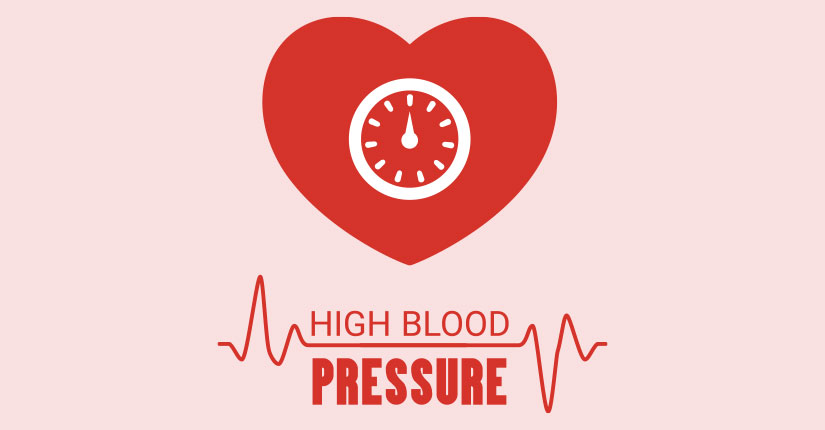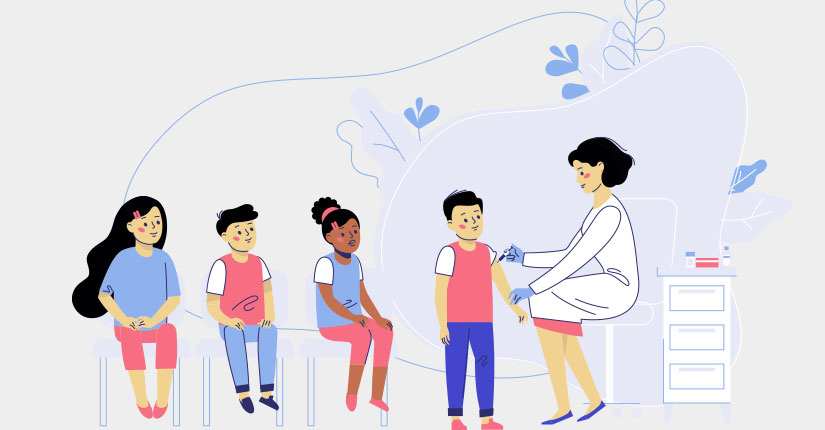The Buzzwords that Have Gained a Storm Due to the Current Pandemic
By Nmami Life Editorial 15-May 2020 Reading Time: 9 Mins

Are self-quarantine and self-isolation the same? When is an outbreak called a pandemic and not an epidemic?
As the coronavirus spreads, there are new additions to our vocab, and these you might be reading very frequently in recent times so why not to get a little more familiar with these!
Since the pandemic began, an increasing amount of complicated terminology has developed, seemingly overnight, around the coronavirus outbreak. We believe that it is important for you to know and understand these terms to help you take better care of yourself and the people around you.
- Pandemic
A pandemic is the spread of a new disease across the world that affects large numbers of people. A pandemic is different from epidemic as it spreads across continents as well. The World Health Organization declared the coronavirus outbreak a pandemic in March after it spread across six continents and more than 100 countries.
- Endemic
An endemic is at an expected level or baseline disease in the community—meaning it always exists, like the common cold and flu, which are usually at low, predictable rates.
- Epidemic
Epidemic shows a sudden increase in the number of cases of a particular disease, above what is typically expected in a particular area. Coronavirus (COVID 19) is thought to have reached epidemic proportions in China in mid-January.
- Outbreak
This can be similar to an epidemic, with one exception—an outbreak usually is more limited to a geographic area. At the end of December 2019, in Wuhan, the capital city of the Hubei province in China, COVID-19 started as an outbreak, when the Chinese government confirmed that it was treating dozens of cases of pneumonia of unidentified cause.
- Community Spread
The Centre for Disease Control and Prevention (CDC) explains community spread refers to when individuals in a certain area or community are being infected with a virus. This also counts people who are not sure how or when they became infected with the virus.
- Incubation Period
In the COVID-19 incubation period, the virus can still spread to others even if the person does not have symptoms. The incubation period is the time between contracting a virus and when a person begins experiencing symptoms. In COVID-19, the incubation period is two to 14 days. This is a major reason why taking steps of social distancing and self-quarantine are critical at this time.
- Asymptomatic
A person is called asymptomatic when he/she is a carrier of illness but does not show symptoms. People are thought to be most contagious for COVID-19 when they are most symptomatic, according to the CDC, although researchers are still investigating how its spread might be possible at other times, including during the incubation period (called “pre-symptomatic transmission”) and even after symptoms have resolved.
- Hand hygiene
A key strategy used for prevention of the spread for COVID-19. Washing hands with soap and water for at least 20 seconds is one of the most crucial steps to take to protect against COVID-19 and many other diseases.
- Self-quarantine
Quarantine refers to separate and restricts the movement of people who were exposed to a contagious disease to see if they become sick. According to the CDC, you should self-quarantine for 14 days if you have been exposed to COVID-19 or came in contact with someone who has the virus. This helps you monitor your health and prevents other individuals from getting sick if you do have the virus.
- Isolation
When you separate people infected with a contagious disease from people who are not sick, you are putting them under isolation. If you’re presenting any COVID-19 symptoms, please isolate yourself immediately. This means staying at home and not leaving for any reason. If you live with others, pick a specific room to live in while you feel sick/unwell. Also, any direct contact with others both inside and outside your home to be avoided.
- National Emergency
When there is a danger or threat of danger to a nation from either a foreign or domestic issue, a state of emergency is declared. It is usually done by a governmental authority. For example, an official national emergency concerning the COVID-19 outbreak was declared on March 1, 2020, by President Trump in the US.
- Social Distancing
Social distancing refers to remaining out of group settings and avoiding mass gatherings. According to the Centers for Disease Control and Prevention (CDC), maintaining a distance of at least six feet from others is critical as well. Social distancing is one of the best ways we can prevent the spread of COVID-19 to others.
- Flattening the curve
As the curve flattens, the spread of the virus slows down. If you map the number of COVID-19 cases over time, the expectation is that it will peak at some point—on a graph this peak would mirror a surge in hospital patients. “Flattening the curve,” means including strategies to decrease transmission of the disease, would result in fewer patients during that peak period. As a result, the hospitals would be better able to manage the demands of patients who are infected with COVID-19 and other illnesses.
- R-naught
The R-naught, or R0, is a basic reproductive number of a virus — an epidemiologic metric used to describe the contagiousness of infectious agents.
- Containment
The use of any available tools to mitigate the spread of disease is referred to as containment, explained Adam Ratner, the Director of the division of Pediatric Infectious Diseases at NYU Langone Health. The high transmission rate of the virus has made it difficult to effectively contain the outbreak.
Over to you
Hope you got a gist of all the crucial buzzwords that we are surrounded by for almost two months and they’ll help you better understand the conversations swirling around you.


















